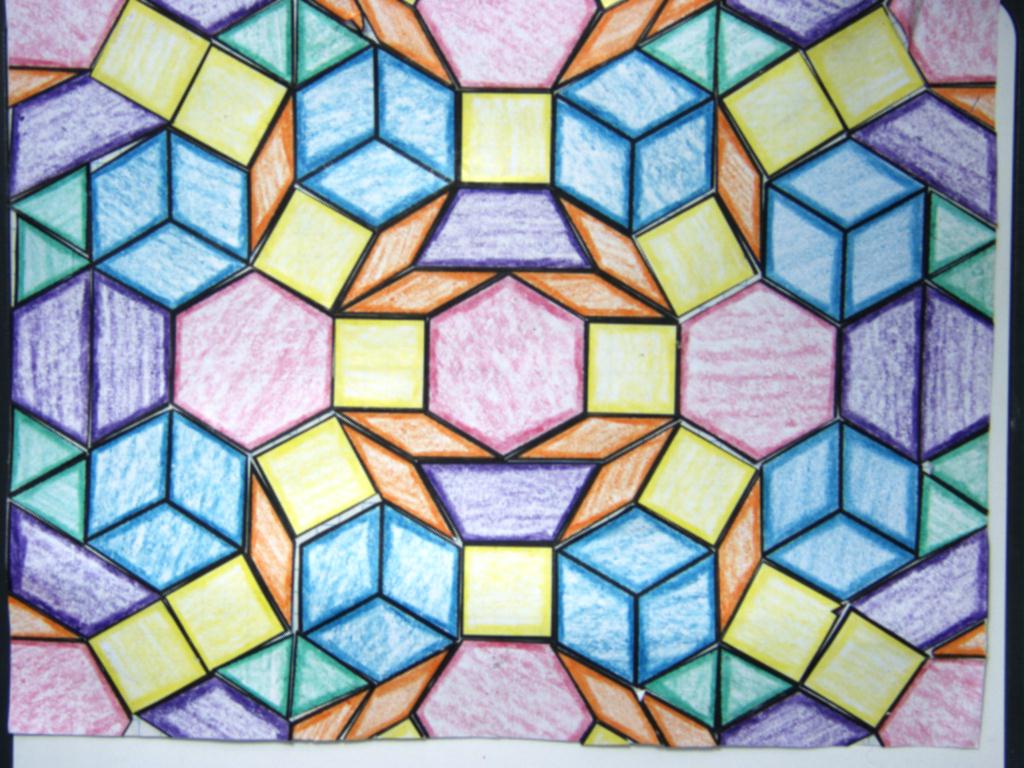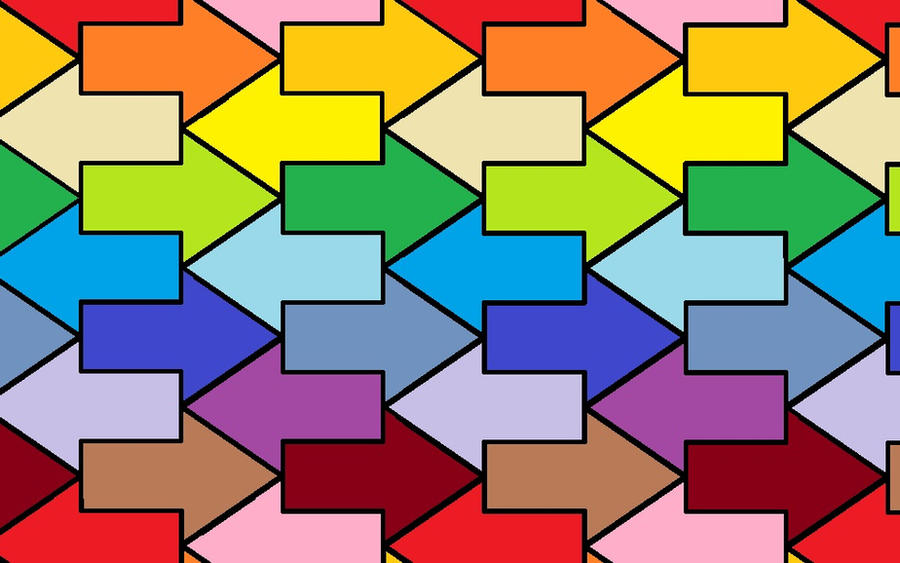Tessellations And Math - There are countless designs that may be classified as regular tessellations, and they all have one thing in common—their. A tessellation or tiling is the covering of a surface, often a plane, using one or more geometric shapes, called tiles, with no overlaps and no. There are only three tessellations that are composed entirely of regular, congruent polygons.
There are countless designs that may be classified as regular tessellations, and they all have one thing in common—their. A tessellation or tiling is the covering of a surface, often a plane, using one or more geometric shapes, called tiles, with no overlaps and no. There are only three tessellations that are composed entirely of regular, congruent polygons.
There are only three tessellations that are composed entirely of regular, congruent polygons. A tessellation or tiling is the covering of a surface, often a plane, using one or more geometric shapes, called tiles, with no overlaps and no. There are countless designs that may be classified as regular tessellations, and they all have one thing in common—their.
Mathematics and Me Tessellations
There are only three tessellations that are composed entirely of regular, congruent polygons. There are countless designs that may be classified as regular tessellations, and they all have one thing in common—their. A tessellation or tiling is the covering of a surface, often a plane, using one or more geometric shapes, called tiles, with no overlaps and no.
Meglio Di Infante Bambino Preadolescente Disegni Da Colorare Migliori
A tessellation or tiling is the covering of a surface, often a plane, using one or more geometric shapes, called tiles, with no overlaps and no. There are countless designs that may be classified as regular tessellations, and they all have one thing in common—their. There are only three tessellations that are composed entirely of regular, congruent polygons.
MATH 495 Weekly 2 Geometric Tessellations Doing Math
There are only three tessellations that are composed entirely of regular, congruent polygons. There are countless designs that may be classified as regular tessellations, and they all have one thing in common—their. A tessellation or tiling is the covering of a surface, often a plane, using one or more geometric shapes, called tiles, with no overlaps and no.
Mathematics for Elementary Teachers Tessellations
There are only three tessellations that are composed entirely of regular, congruent polygons. There are countless designs that may be classified as regular tessellations, and they all have one thing in common—their. A tessellation or tiling is the covering of a surface, often a plane, using one or more geometric shapes, called tiles, with no overlaps and no.
Five Versions of a Tessellation Using Squares and Equilateral Triangles
A tessellation or tiling is the covering of a surface, often a plane, using one or more geometric shapes, called tiles, with no overlaps and no. There are only three tessellations that are composed entirely of regular, congruent polygons. There are countless designs that may be classified as regular tessellations, and they all have one thing in common—their.
Tessellation Submitted for Our Daily Challenge for May 16 … Flickr
There are countless designs that may be classified as regular tessellations, and they all have one thing in common—their. There are only three tessellations that are composed entirely of regular, congruent polygons. A tessellation or tiling is the covering of a surface, often a plane, using one or more geometric shapes, called tiles, with no overlaps and no.
Pentagon Tessellation / MEDIAN Don Steward mathematics teaching angles
A tessellation or tiling is the covering of a surface, often a plane, using one or more geometric shapes, called tiles, with no overlaps and no. There are only three tessellations that are composed entirely of regular, congruent polygons. There are countless designs that may be classified as regular tessellations, and they all have one thing in common—their.
MEDIAN Don Steward mathematics teaching semi regular tessellations
A tessellation or tiling is the covering of a surface, often a plane, using one or more geometric shapes, called tiles, with no overlaps and no. There are only three tessellations that are composed entirely of regular, congruent polygons. There are countless designs that may be classified as regular tessellations, and they all have one thing in common—their.
Math with Mrs. D April 2014
There are countless designs that may be classified as regular tessellations, and they all have one thing in common—their. There are only three tessellations that are composed entirely of regular, congruent polygons. A tessellation or tiling is the covering of a surface, often a plane, using one or more geometric shapes, called tiles, with no overlaps and no.
Math Mondays Taking time for Tessellations Education with DocRunning
There are countless designs that may be classified as regular tessellations, and they all have one thing in common—their. A tessellation or tiling is the covering of a surface, often a plane, using one or more geometric shapes, called tiles, with no overlaps and no. There are only three tessellations that are composed entirely of regular, congruent polygons.
A Tessellation Or Tiling Is The Covering Of A Surface, Often A Plane, Using One Or More Geometric Shapes, Called Tiles, With No Overlaps And No.
There are only three tessellations that are composed entirely of regular, congruent polygons. There are countless designs that may be classified as regular tessellations, and they all have one thing in common—their.









